THANK YOU FOR SUBSCRIBING

CO2 Value Europe: Bringing CO2 Valorisation to the Forefront of the Sustainability Movement
Anastasios Perimenis, Secretary General, co2value

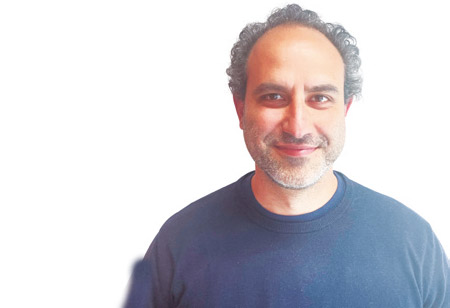 Anastasios Perimenis, Secretary General, co2value
Anastasios Perimenis, Secretary General, co2valueThe European Green Deal (EGD)—approved by the European Commission in 2020—marked a monumental point in history when the European Union (EU) emphasised its commitment to become the first climate-neutral bloc by 2050.
It is, however, evident that carbon neutrality cannot be attained by flicking a switch; we need to embrace more pragmatic solutions, especially for hard-to-abate carbon-intensive sectors, like energy, transport, construction, and process industries. That’s where carbon capture and utilisation (CCU) is taking centre stage. CCU can play a vital role in implementing a circular economy that captures CO2 and converts it into various products, including renewable fuels, chemicals, and other materials.
The international non-profit association,
In an exclusive interview with Applied Technology Review, Dr Anastasios Perimenis, Secretary-General of CVE, shares his insights on the role CVE is playing in the sustainability space today. He sheds light on the significance of CCU and how his association is bringing together stakeholders from the complete CCU value chain to benefit both the climate and the economy.
WHAT LED TO THE CONCEPTION OF CVE?
Our association was founded in 2017, building on the enthusiasm and outcomes generated by an EU-funded project in the space of CO2 utilisation, Smart CO2 Transformation (SCOT). When SCOT concluded, the involved parties wanted to keep the movement going. That led to the foundation of CVE. Our association brings all the stakeholders of CO2 valorisation under one umbrella: the producers and emitters of CO2, technology providers who convert CO2 into different products, regional and industrial clusters interested in finding a CCU solution, and universities and research institutions.
Many CCU technologies are coming to the fore today that can substantially contribute to the net reduction of global CO2 emissions. On the one hand, it can bring CO2 back into production instead of releasing it into the atmosphere. And on the other, it can utilise the captured CO2 as an alternative carbon feedstock, which will avoid using additional fossil products to generate essential goods and services.
What CVE does is put forth a platform that raises the recognition of CCU technologies that are contributing to mitigate climate change, augments the supportive framework for them, and fosters their innovation.
CVE REPRESENTS THE ENTIRE VALUE CHAIN OF CCU TECHNOLOGIES. HOW IS YOUR ORGANISATION MAKING EUROPE READY FOR ITS DEPLOYMENT?
We have adopted a three-pronged approach. Our first objective is to affirm the credibility of the CCU concept and its recognition as a climate change mitigation solution. We have created an extensive publicly accessible database of all the ongoing CCU projects to achieve that. In that database, one could obtain all the information regarding the technology, and project stakeholders involved in a project. On a similar note, the Intergovernmental Panel on Climate Change (IPCC) recently released its climate mitigation report. IPCC acknowledged the scientific evidence and literature that we provided on CCU in that report. That’s the kind of collective intelligence and knowledge exchange we are trying to present.
Secondly, we also act as a platform for like-minded actors to come together and develop their flagship projects that lead to tangible products. We connect different players and support them to access public and private funding. Meanwhile, we also promote innovation by participating in EU-funded projects.
The third aspect involves policy analysis and advocacy. The EGD, for instance, has reverberations on a wide range of sectors and relevant climate-related policy instruments. Through the work done within the working groups of our Association, we position ourselves on those instruments. Be it on fuels, mineralisation, CO2 quality, or chemicals, we analyse the policy landscape, and all the relevant stakeholders come together and exchange in the working groups. Then, we advocate our positions to relevant policymakers, ensuring that the policy framework appropriately recognises our products and processes.
Besides, we are also constantly involved in communicating the merits and limitations of CCU through a spectrum of activities. This helps us raise awareness and acceptance of CCU technologies, share state-of-the-art information, and increase their visibility.
CAN YOU GIVE US INSTANCES WHERE CVE HAS SUCCESSFULLY INFLUENCED SUCH POLICY CHANGES?
There are different policy instruments like the Renewable Energy Directive (RED) II directive, the EU Emission Trading System (ETS), the Communication on Sustainable Carbon Cycles, the ReFuel EU Aviation, the FuelEU Maritime regulation, and the Energy Taxation Directive (ETD). We make sure CCU is recognised, and this recognition is consistent across all these pieces of legislation. I will give you an instance where CVE has had a considerable impact.
ReFuel EU Aviation regulation, for instance, is an instrument to show how sustainable aviation fuel can provide more climate-friendly aviation. With our efforts, the newly presented regulation has explicit quotas for synthetic aviation fuels (otherwise referred to as renewable fuels of non-biological origin (RFNBOs))—which are basically CCU fuels. By 2030, such synthetic aviation fuels will open a vast market for CCU.
COULD YOU SHED LIGHT ON SOME OF THE ONGOING EU-FUNDED CCU PROJECTS UNDER THE WINGS OF YOUR ASSOCIATION?
Within the EU’s Horizon 2020 program framework, we lead the communication and propagation work in five projects. One among them is the CO2SMOS project helping bio-based industries develop circular approaches. CO2SMOS is developing solutions to transform the carbon emissions generated from bioprocesses into sustainable bioproducts like durable polymers, renewable biochemicals, and biodegradable materials that can be leveraged to produce greener end-products.
INITIATE is another project that re-uses residual steel-making gases as a resource for the cross-sectorial, more efficient, and less wasteful manufacturing of urea with a significantly reduced carbon footprint. The third project, TAKE-OF , explores the development of a one-of-its-kind technology that reacts captured CO2 (from industrial flue gas or directly from the air) with hydrogen gas (produced by renewable electricity) to create light olefins. Subsequently, these light olefins are chemically upgraded into sustainable aviation fuel (SAF).
“To reach our climate goals and help build a sustainable economy, it is essential to turn the problem of CO2 into a solution”
CVE is also at the helm of the VIVALDI project, which aims to develop an innovative, sustainable, and cost-efficient biotechnological solution to convert off-gas emissions from bio-based industries into CO2-based chemicals. Meanwhile, the last one is an initiative— CCUS SET-Plan —that brings together the European Commission, national authorities, and industrial and research stakeholders to coordinate efforts and ensure accelerated deployment of CCU and CCS technologies toward climate-neutral energy systems under the Strategic Energy Technology Plan (SET-Plan). We ensure that these different consortia receive all the necessary tools to engage with their stakeholders and achieve their respective goals.
WOULD YOU LIKE TO ADD A PARTING NOTE FOR OUR READERS?
To reach our climate goals and help build a sustainable economy, it is essential to turn the problem of CO2 into a solution. Utilising CO2, CCU can deliver a diverse and sustainable product portfolio that will substantially benefit the climate as well as provide alternative economic perspectives.
At the same time, it is equally important for all the stakeholders in the end-to-end CO2 valorisation chain to come together. That’s why we have created this platform that can bring together the CCU industry and propel this movement forward.
Read Also




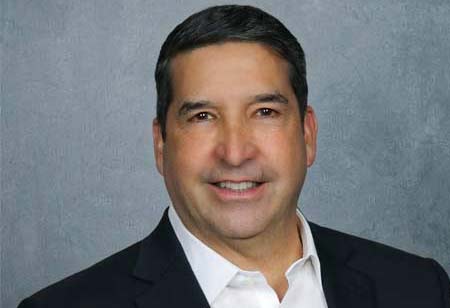
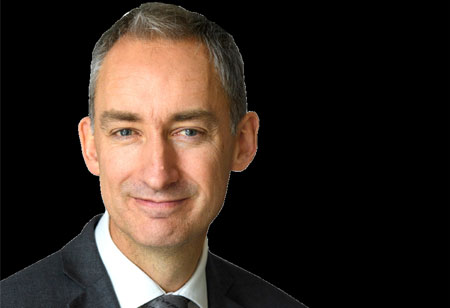
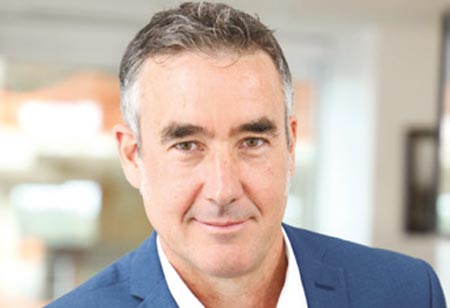

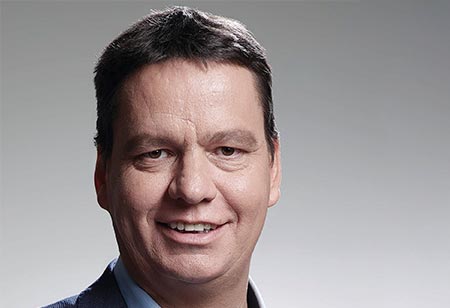
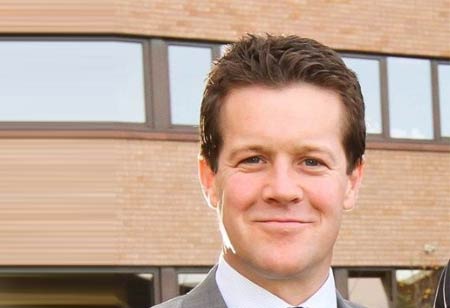

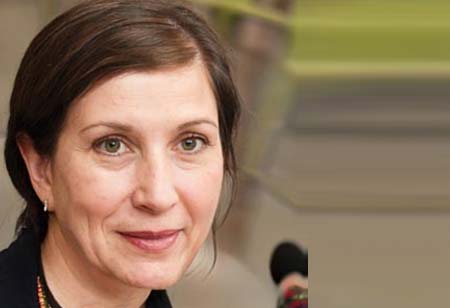











ON THE DECK